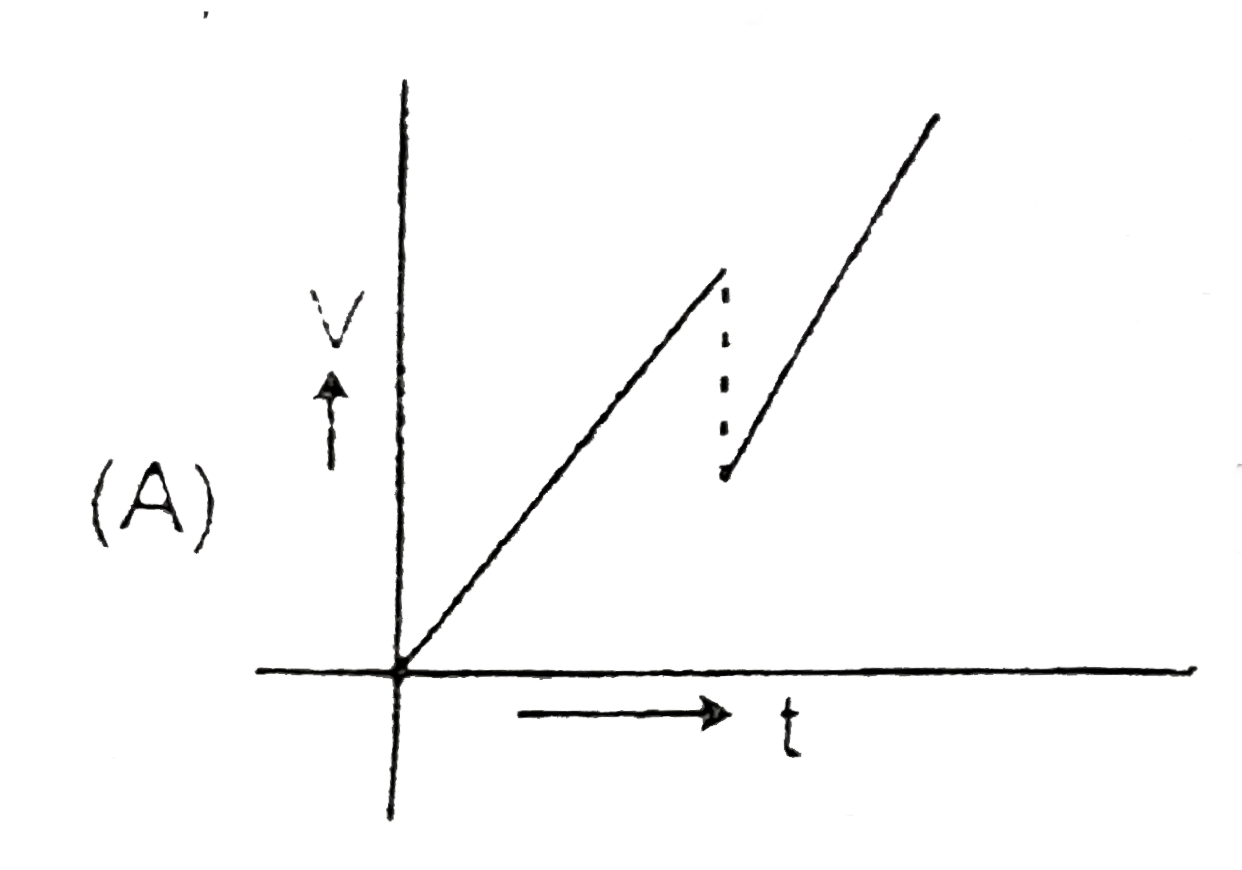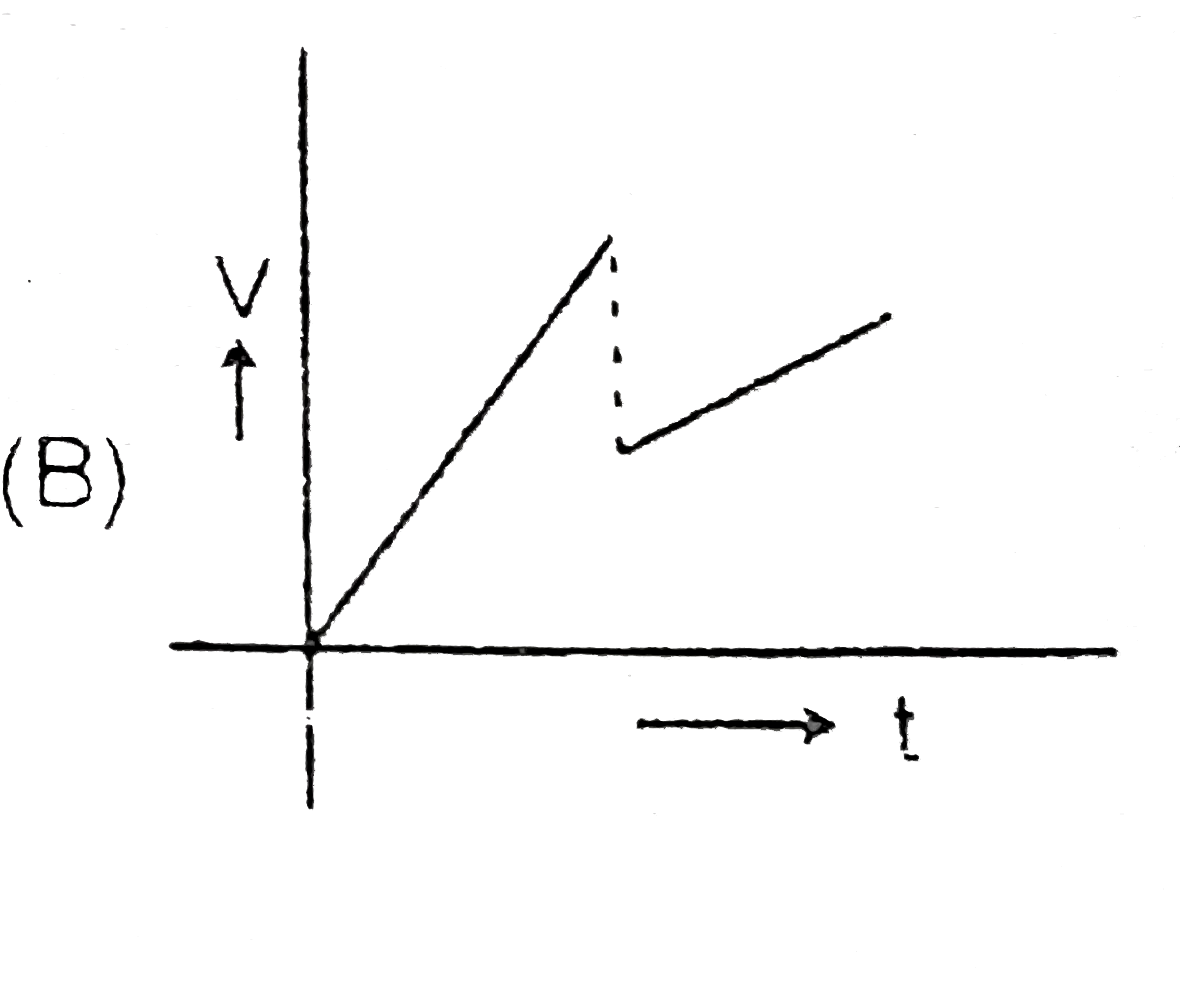A
B
C
D
Text Solution
AI Generated Solution
The correct Answer is:
|
Topper's Solved these Questions
WORK, POWER, AND ENERGY
RESNICK AND HALLIDAY|Exercise PRACTICE QUESTIONS (More than one choice correct type)|10 VideosView PlaylistWORK, POWER, AND ENERGY
RESNICK AND HALLIDAY|Exercise PRACTICE QUESTIONS (Linked Comprehension)|9 VideosView PlaylistWORK, POWER, AND ENERGY
RESNICK AND HALLIDAY|Exercise PROBLEMS|58 VideosView PlaylistWAVES-I
RESNICK AND HALLIDAY|Exercise Practice Questions (Integer Type)|4 VideosView Playlist
Similar Questions
Explore conceptually related problems
Knowledge Check
Similar Questions
Explore conceptually related problems
RESNICK AND HALLIDAY-WORK, POWER, AND ENERGY-PRACTICE QUESTIONS (Single Correct Choice Type)
- A skier slides horizontally along the snow for a distance of 21 m befo...
02:52
|
Play - An automobile approaches a barrier at a speed of 20 m/s along a level ...
06:02
|
Play - A 1900-kg car experiences a combined force of air resistance and frict...
10:46
|
Play - A block m is kept stationary on the surface of an accelerating cage as...
03:23
|
Play - A racing car with a mass of 500.0 kg starts is from rest and completes...
04:19
|
Play - A tennis ball dropped on a barizoontal smooth surface , it because bac...
04:20
|
Play - A 1.00xx10^(2) kg crate is being pushed across a horizontal floor by a...
03:41
|
Play - The potential energy of a 1 kg particle free to move along the x- axis...
03:33
|
Play - A 1500-kg elevator moves upward with constant speed through a vertica...
03:24
|
Play - Two balls of equal size are dropped from the same height from the roof...
05:52
|
Playing Now - A woman stands on the edge of a cliff and throws a stone vertically do...
03:49
|
Play - A stone rolls off the roof of a School hall and falls vartically. Just...
01:59
|
Play - A skier leaves the top of a slope with an initial speed of 5.0 m/s. He...
02:25
|
Play - A 55.0-kg skateboarder starts out with a speed of 1.80 m/s. He does +8...
02:43
|
Play - A particle which is constant to move along the x- axis , is subjected ...
04:19
|
Play - A bullet fired into a fixed target loses half of its velocity after pe...
04:37
|
Play - A particle of mass m is moving in a horizontal circle of radius r, und...
02:37
|
Play - The potential energy function for a diatomic molecule is U(x) =(a)/(x^...
04:16
|
Play - A block is dropped from a high tower and is falling freely under the i...
03:52
|
Play - If the potential energy of a gas molecule is U=(M)/(r^(6))-(N)/(r^(12)...
04:12
|
Play



